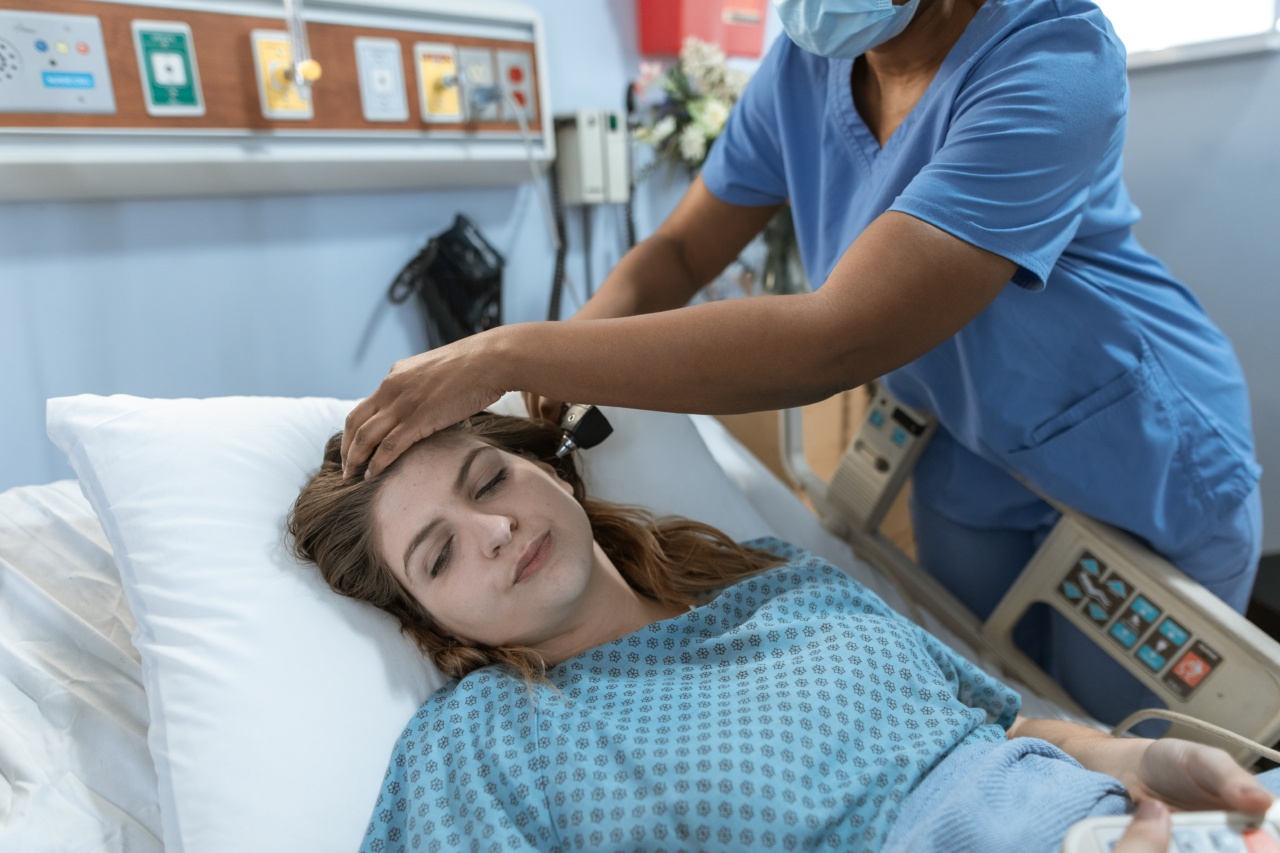Parkinson’s disease affects millions of people worldwide. It is a neurodegenerative disorder that affects the nervous system, causing a range of symptoms like tremors, stiffness in muscles, and difficulty in coordination.
While it is a chronic and progressive disease, early detection can help improve the quality of life and delay the onset of symptoms. In this article, we will explore the early detection of Parkinson’s disease through a simple examination.
What is Parkinson’s Disease?
Parkinson’s disease is a degenerative disorder of the nervous system that affects the nerve cells in the brain that produce dopamine. Dopamine is a neurotransmitter that helps control movement and emotional responses.
When these nerve cells die or become damaged, dopamine levels in the brain drop, causing a range of motor and non-motor symptoms that develop over time.
What are the Early Symptoms of Parkinson’s Disease?
Parkinson’s disease symptoms usually develop gradually and may go unnoticed in the early stages. The symptoms may vary from person to person, but some of the common early symptoms may include:.
- Tremors or shaking in the hands, arms, legs, or jaw
- Stiffness in muscles
- Slowness of movement
- Difficulty in walking or maintaining balance
- Loss of sense of smell
- Difficulty in sleeping
- Mood disorders like depression or anxiety
Early Detection of Parkinson’s Disease
Early detection is important for Parkinson’s disease as it helps to slow down the progression of the disease and manage symptoms effectively.
Parkinson’s disease is generally diagnosed based on medical history, physical examination, and neurological examination. In some cases, doctors may conduct imaging tests like CT scan or MRI to rule out other conditions that may mimic Parkinson’s disease.
A Simple Examination for Early Detection of Parkinson’s Disease
A simple examination called the Movement Disorder Society-Unified Parkinson’s Disease Rating Scale (MDS-UPDRS) can help detect Parkinson’s disease in the early stages.
The MDS-UPDRS is a scoring system that evaluates motor impairment, non-motor symptoms, and daily functioning of the patients.
The MDS-UPDRS examination involves three parts:.
- Part 1: Non-motor Experiences of Daily Living (NMEDL)
- Part 2: Motor Experiences of Daily Living (MEDL)
- Part 3: Motor Examination (ME)
Part 1: Non-motor Experiences of Daily Living (NMEDL)
This part evaluates non-motor symptoms like depression, anxiety, sleep disorders, communication, and cognition.
The examiner rates the patient on a scale of 0-4 (higher score indicating more severe symptoms) based on the patient’s self-reported experiences in the last one month.
Part 2: Motor Experiences of Daily Living (MEDL)
This part assesses the impact of motor symptoms on the patient’s daily activities. The examiner rates the patient on a scale of 0-4 based on the patient’s self-reported experiences in the last one month.
The areas evaluated in this part include speech, salivation, swallowing, handwriting, cutting food, dressing, hygiene, and turning in bed.
Part 3: Motor Examination (ME)
This part assesses the motor function of the patient. The examiner rates the patient based on the severity of symptoms on a scale of 0-4 (higher score indicating more severe symptoms) for each of the following tasks:.
- Tremors at rest in hands and fingers
- Repeated opening and closing of hands
- Alternate tapping of index finger and thumb
- Extended hands or straight out and hold
- Walking straight and turning
- Exiting a chair, walking across the room, and returning to the chair
Conclusion
Early detection of Parkinson’s disease is crucial for effective management of symptoms and to improve the quality of life of the patient. The MDS-UPDRS is a simple examination that can help detect Parkinson’s disease in the early stages.
However, it is important to note that the MDS-UPDRS examination should be conducted by a medical professional to ensure accurate diagnosis. If you or your loved one is experiencing any of the early symptoms of Parkinson’s disease, it is important to consult a doctor for proper diagnosis and treatment.



























